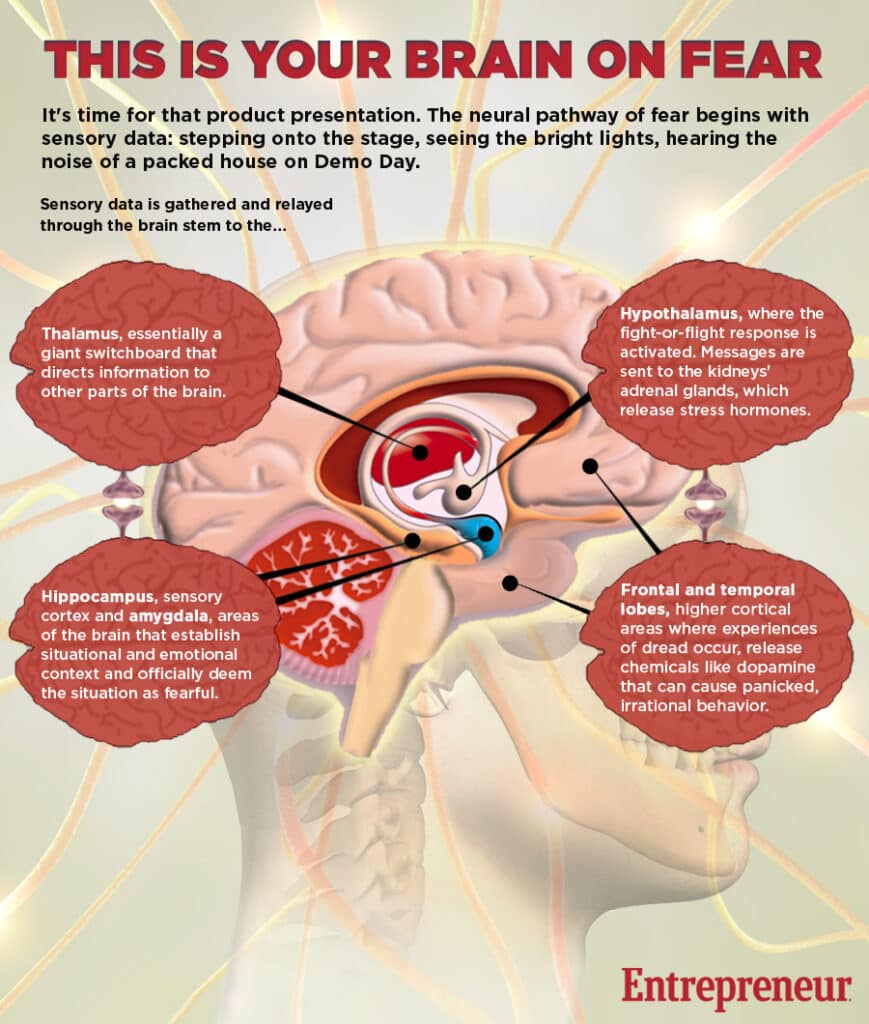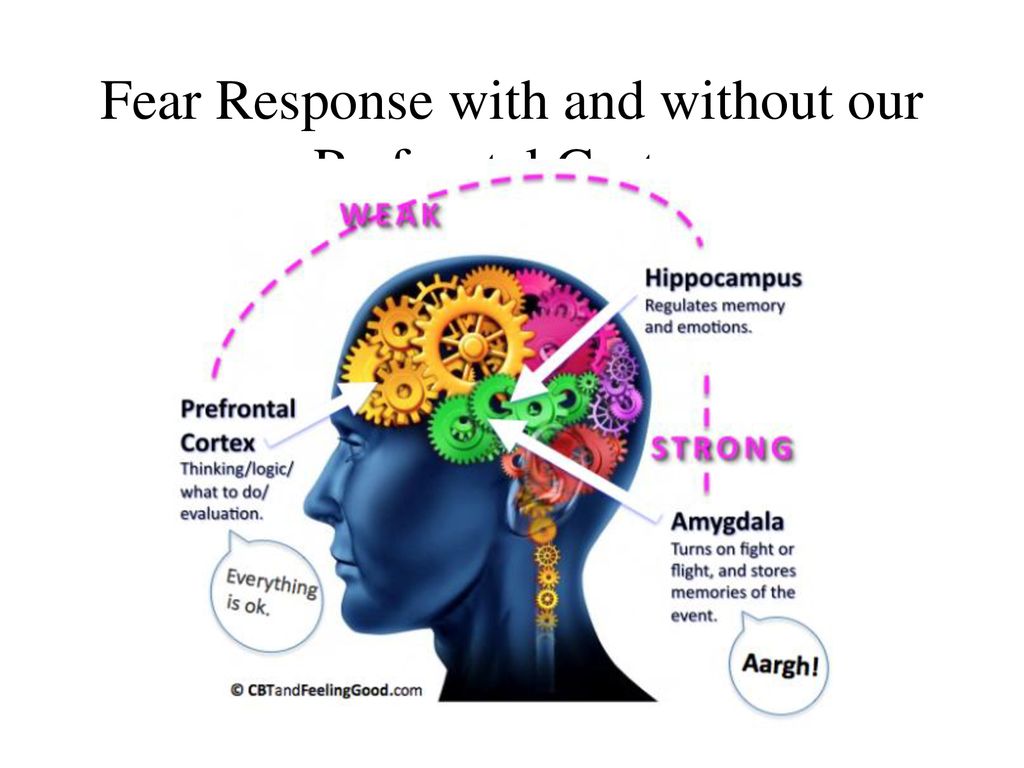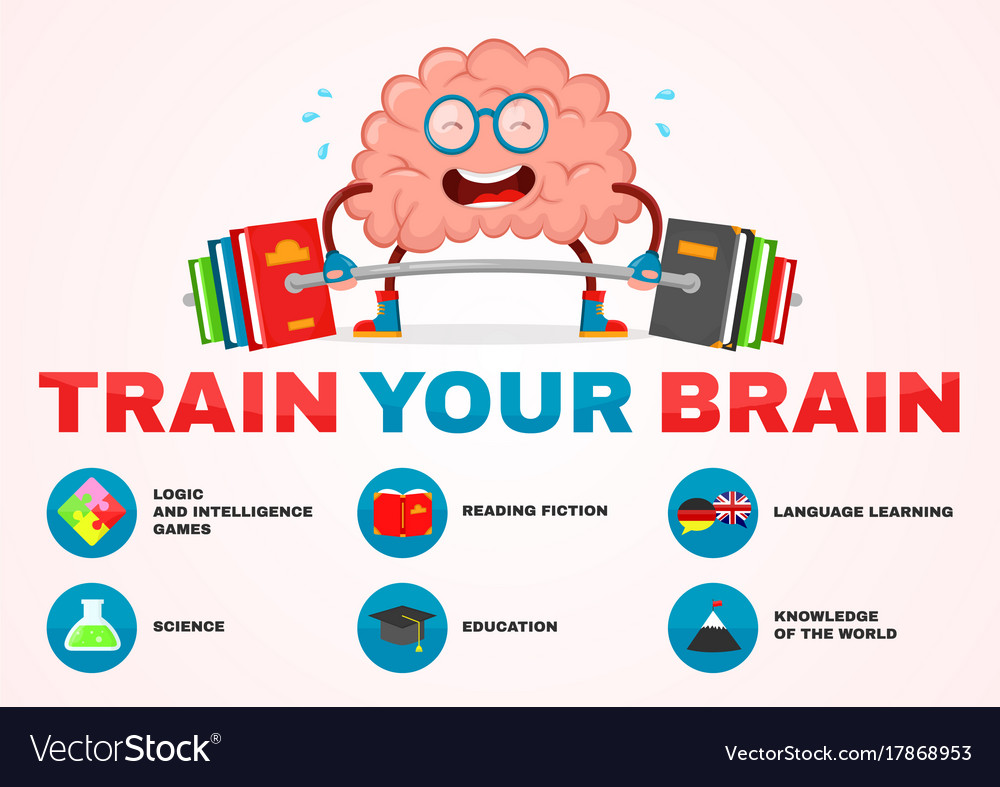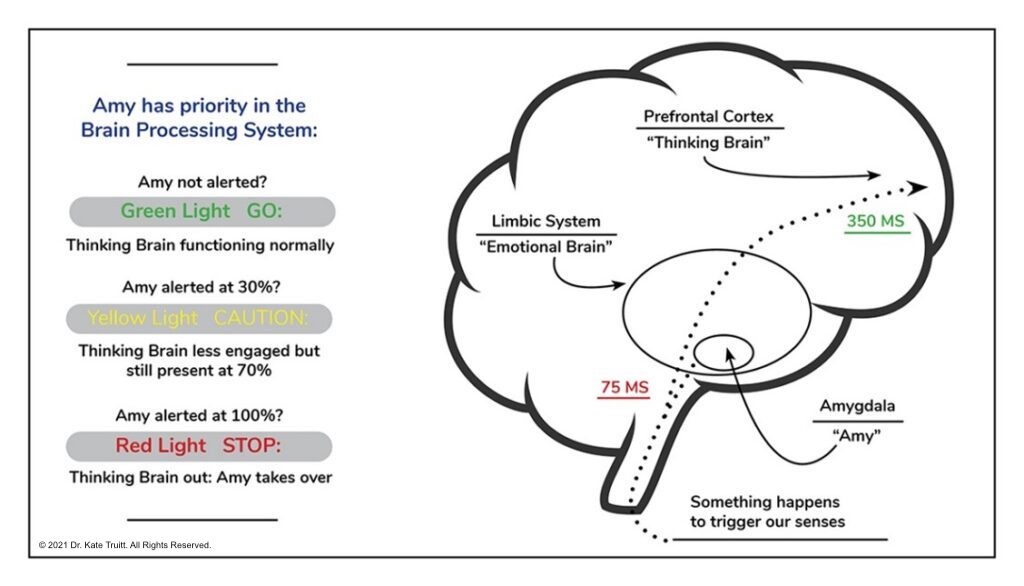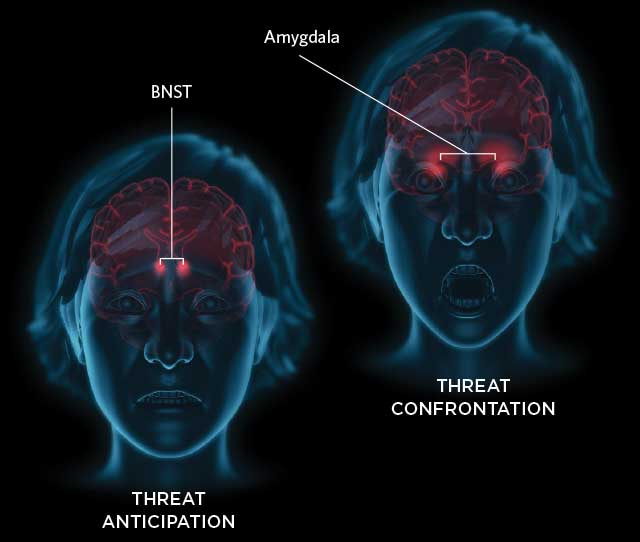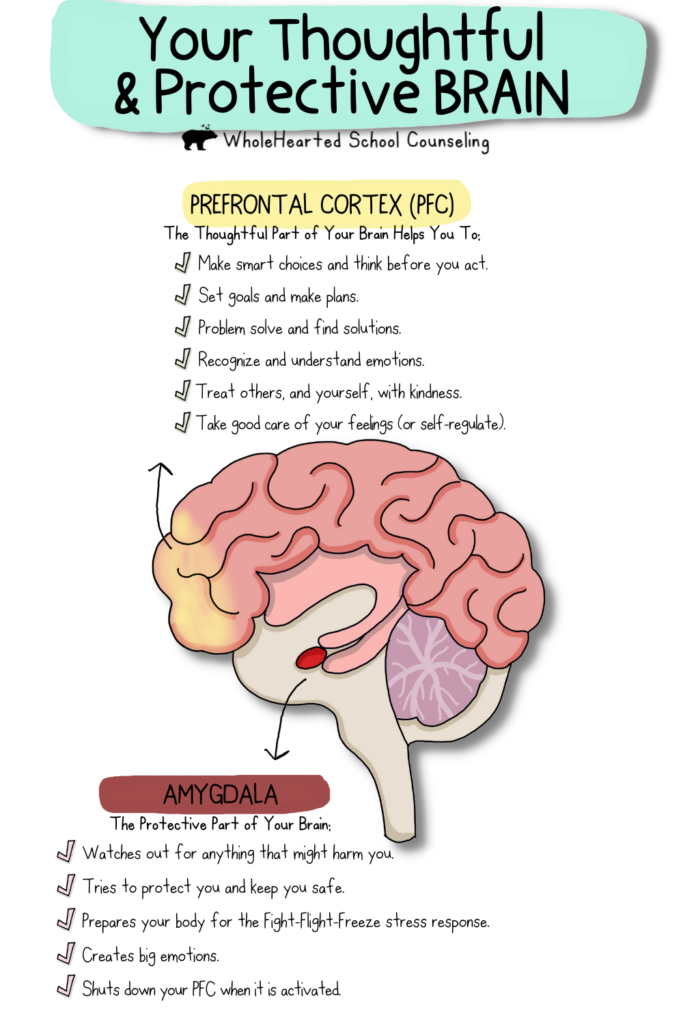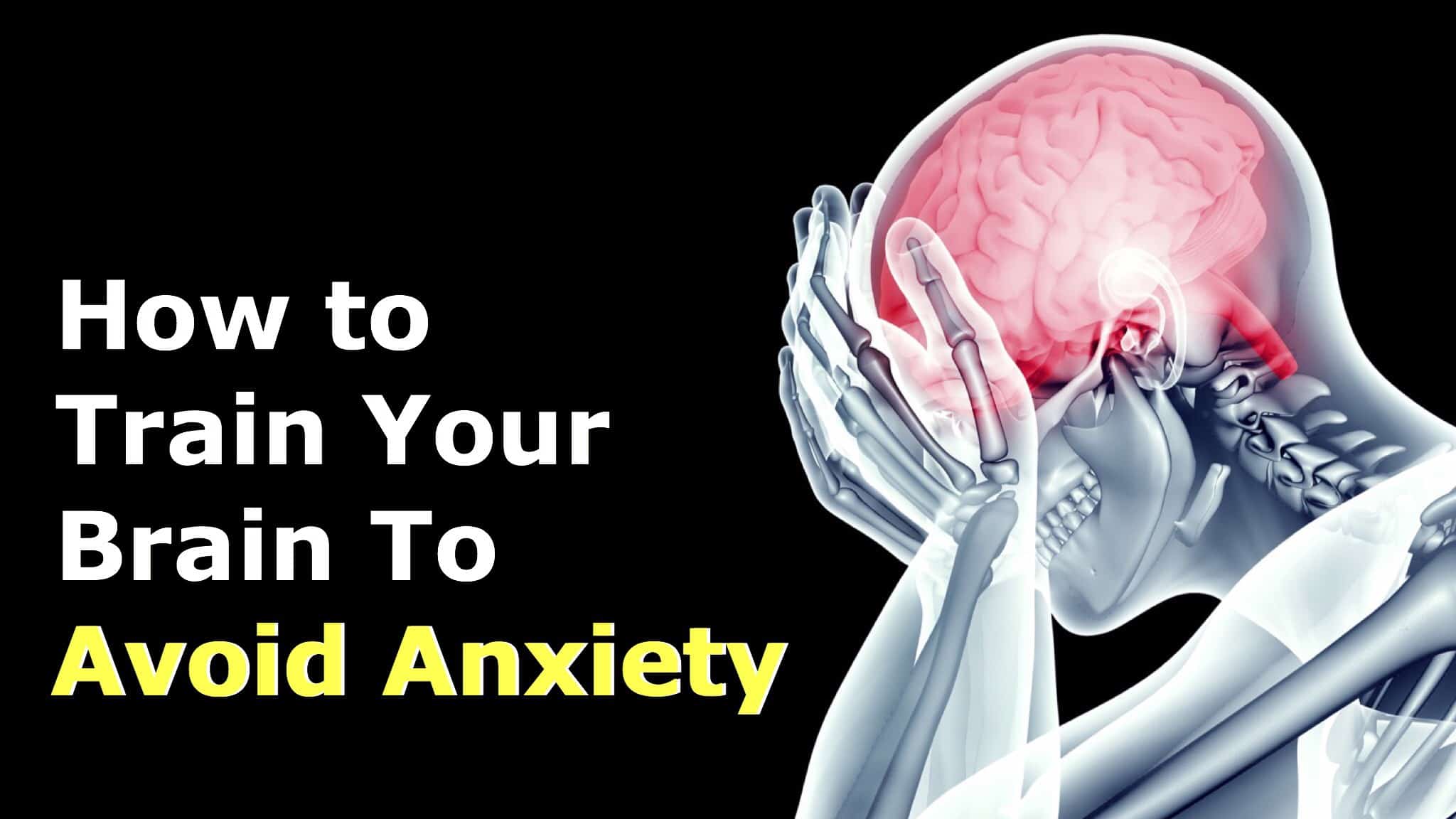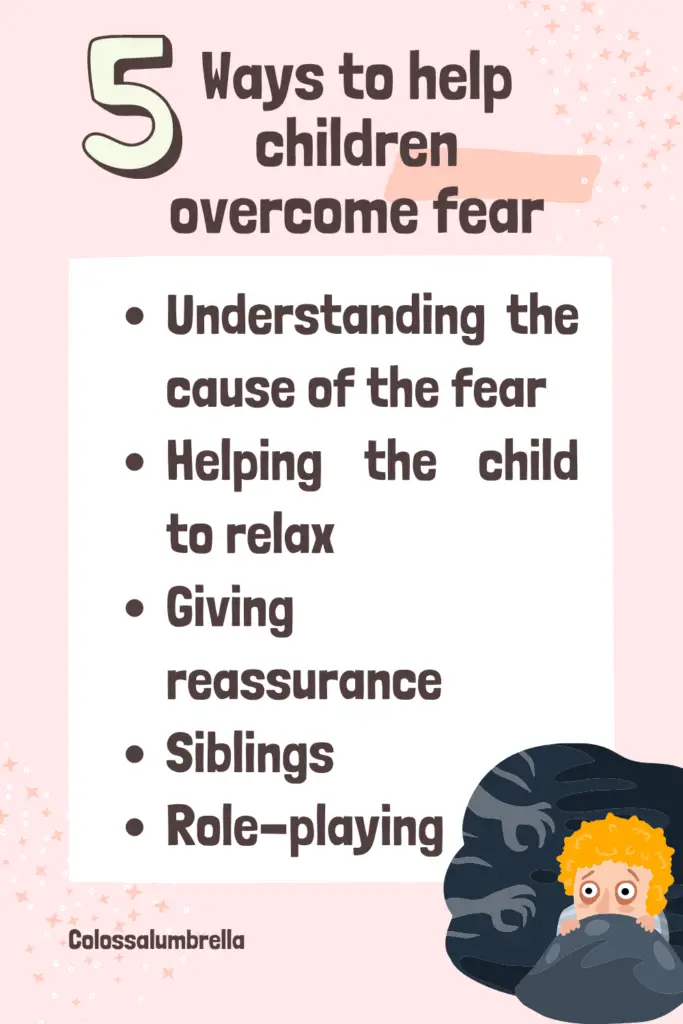How To Train My Brain To Stop Fear Response

Ever felt your heart pound, your palms sweat, and your mind race at the mere thought of something? That's your fear response kicking in, a powerful survival mechanism that, in the modern world, can often feel like an overzealous bodyguard. But what if you could gently retrain this protector, helping it distinguish between genuine threats and perceived anxieties? This article is for you, the first-time explorer of the brain's fascinating landscape, eager to understand and influence your own reactions.
Understanding the Fear Response
The fear response is a complex cascade of physiological and psychological events triggered by a perceived threat. It's orchestrated by the amygdala, the brain's emotional center, which interprets sensory information and initiates the fight-or-flight response. This response floods the body with hormones like adrenaline and cortisol, preparing you to either confront or escape danger.
While essential for survival in truly life-threatening situations, this response can become problematic when triggered by non-life-threatening situations such as public speaking, social interactions, or even abstract worries. This is where brain training techniques come in – offering a path to manage and reshape our fear responses.
Brain Training Techniques: Your Toolkit for Change
Several techniques have shown promise in helping individuals manage and reduce their fear responses. These approaches range from mindful practices to more structured therapeutic interventions.
Mindfulness Meditation
Mindfulness involves paying attention to the present moment without judgment. Regular practice can help you become more aware of your thoughts and feelings, including those associated with fear, without getting carried away by them. This awareness allows for a more measured and rational response.
Cognitive Behavioral Therapy (CBT)
CBT is a structured therapy that focuses on identifying and challenging negative thought patterns. By learning to recognize and reframe these thoughts, you can reduce their impact on your emotional state and behavioral reactions.
Exposure Therapy
Exposure therapy involves gradually exposing yourself to the feared object or situation in a safe and controlled environment. This gradual exposure helps to desensitize you to the fear, reducing its intensity over time. It is often used in conjunction with CBT.
Neurofeedback
Neurofeedback uses real-time feedback of your brainwave activity to help you learn to self-regulate. By monitoring your brainwaves during stressful situations, you can learn to consciously shift your brainwave patterns to a more relaxed and focused state.
Breathing Exercises
Simple breathing techniques can have a profound impact on the nervous system. Deep, slow breathing can activate the parasympathetic nervous system, which promotes relaxation and reduces the physiological symptoms of fear. Diaphragmatic breathing is a great technique.
Comparison Table: Brain Training Apps & Programs
| Model | Price | Key Features | Warranty/Trial Period |
|---|---|---|---|
| Lumosity | $11.99/month | Personalized training, cognitive games | 7-day free trial |
| Headspace | $12.99/month | Guided meditations, mindfulness exercises | 14-day free trial |
| Calm | $14.99/month | Sleep stories, relaxing sounds, meditation programs | 7-day free trial |
| Happify | $14.99/month | Science-based activities, games, and guided meditations | Limited free version |
| BrainHQ | $14/month | Scientifically validated exercises, personalized workouts | 14-day free trial |
Detailed Reviews
Lumosity
Lumosity offers a fun and engaging way to train your cognitive skills. Its games are designed to improve memory, attention, and problem-solving abilities. It can be a useful tool for improving overall cognitive function, but may not directly target fear reduction.
Headspace
Headspace excels at providing accessible and effective guided meditations. Its focus on mindfulness and relaxation techniques makes it a great choice for managing stress and anxiety. It is excellent for beginners. It helps you cultivate awareness of thoughts and emotions.
Calm
Calm is another popular meditation app that offers a wide range of resources for promoting relaxation and improving sleep. Its sleep stories are a particular favorite, and its meditation programs are suitable for all levels of experience.
Happify
Happify takes a more scientific approach to happiness and well-being. Its activities are based on principles of positive psychology and are designed to help you overcome negative thoughts and cultivate positive emotions. It is more structured than other meditation apps.
BrainHQ
BrainHQ is a brain training program developed by neuroscientists. Its exercises are designed to improve specific cognitive skills, such as processing speed and attention. It may be beneficial for improving overall cognitive function and resilience, although its direct impact on fear reduction may be less pronounced compared to mindfulness-based apps.
Used vs New: Exploring Training Options
Used: Seeking out pre-owned books or audio programs related to these techniques can save money. However, ensure the information is credible and up-to-date.
New: Investing in new apps or programs provides access to the latest features and updates. New programs also offer better customer support.
Reliability Ratings by Approach
CBT (Highly Reliable): Backed by extensive scientific research.
Mindfulness Meditation (Reliable): Growing body of evidence supporting its benefits.
Exposure Therapy (Highly Reliable): Proven effective for anxiety disorders.
Neurofeedback (Moderate Reliability): Promising but requires qualified professionals.
Breathing Exercises (Highly Reliable): Simple, accessible, and effective.
Checklist: 5 Must-Check Features Before Buying
- User-Friendliness: Is the interface easy to navigate and understand?
- Personalization: Does the program offer personalized training or recommendations?
- Scientific Backing: Is the program based on scientific principles or research?
- Trial Period: Does the program offer a free trial or money-back guarantee?
- Cost: Does the price align with your budget and needs?
Key Points & Conclusion
Retraining your brain to manage fear is a journey, not a destination. Start by exploring the techniques discussed and finding the ones that resonate with you. Remember to consider the factors outlined above, including cost, reliability, and your individual needs.
It's important to approach this process with patience and consistency. Over time, you can learn to respond to fear with greater awareness and control.
Ready to Take Control?
Begin your journey today by downloading a trial version of one of the recommended brain training apps or researching a qualified CBT therapist. The power to manage your fear response is within reach.
